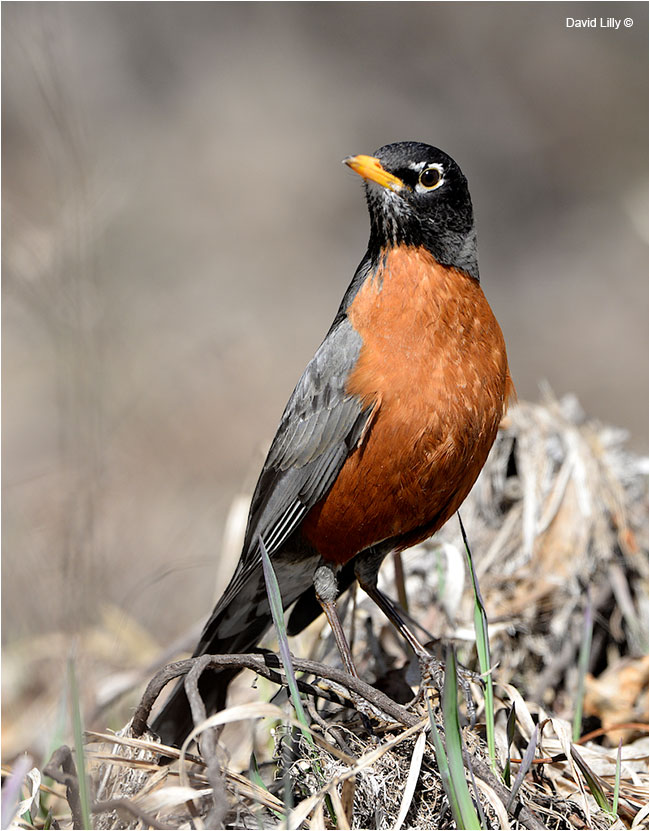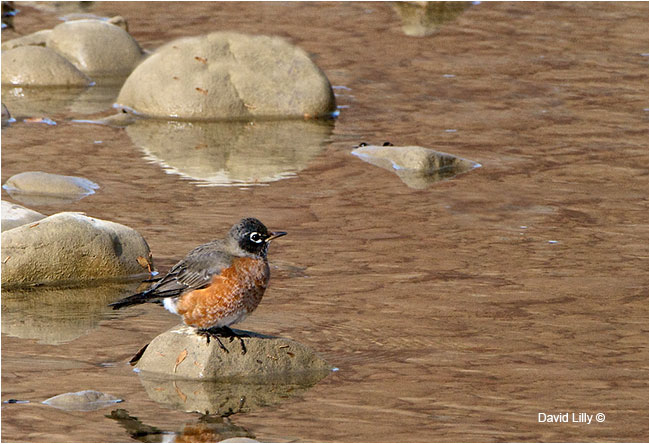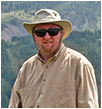
The What, When and Where of photographing Birds
by David Lilly
June 30, 2014
After years of mastering the digital camera and feeling confident in your technique, you have decided to specialize in bird photography. So, you ask yourself, Where do I start? What equipment will I need? Where do I photograph birds? In this article are some considerations before you make a decision to specialize in bird photography.
Getting started is the easy part, ask yourself, Do you have the right equipment to be a serious bird photographer? Any serious bird photographer will need two camera bodies and preferably, the same bodies. By using the same bodies you won't have to think about the buttons when you grab the camera – they should be second nature. Here is a note from my experience, always reset your camera to the original settings after changing the settings. An example of this is the EV setting, so make it an habit to reset the camera. Bird photography requires a quick response to capture the great shots. Your cameras should have a frame rate of at least six frames per second. Usually, most modern DSLRs have high frame rates. One feature I have found useful is the Auto ISO feature. I set the ISO to a Minimum 100 ISO and a Maximum 1600 ISO. I do this because it is one less thing to have to think about. Also, my Nikon D 610 produces images well within the acceptable digital noise range even at 1600 ISO.
You will require a Minimum of a 500mm lens and a good 300mm for birds in flight. More recently there have been some great birding lens available to the bird photographer. For example, 80mm to 400mm Nikon ED VR lens, Canon has the 100mm to 400mm lens. However, I would recommend a fixed focal length lens because from experience they are sharper than a zoom lens. You will need a good tripod and monopod. I photograph many of my birds with my 500mm on a monopod. A monopod and 500mm is lighter than a 500mm on a tripod. You can respond faster to changing situations with the monopod. A flash is also an important piece of equipment, although I will admit I don't use a flash as much as I should. I rely on the natural light for most of my bird photography. Once you have the above equipment you are ready for bird photography.
Now you have the equipment your next questions you must consider are, when and where do I find birds to photograph? If you are new to bird photography I would recommend practicing in places where you are sure to see birds. Birds in flight will present the most challenge. Some of the locations I recommend are bridges with Colonies of Bank Swallows, local parks with ponds, even McDonalds parking lots for flying Seagulls. For the most part you will find birds to photograph almost everywhere in the summer. However, winter will be more challenging, but there are 50 plus bird species that stay around in most parts of Canada. I recommend photographing the more common bird in your area first.
If you don't get great shots at first you can always try again. Here is another note, photograph the same bird in different poses, a strong portfolio should have at least a dozen excellent photographs of the same bird. In this article I have illustrated the same bird with a number of photographs of very common American Robin in different light, poses and seasons, as well as a juvenile. Remember also to photograph the female. Many species of birds are seasonal. The Snowy Owl will be in many areas of Canada from November to March and presents some technical problems because of the white on white. Remember if you don't get a good photograph the first time there is always next time. So, always keep your camera close as there are birds everywhere.
As you progress and you become a better bird photographer, you will want to learn and understand what other bird photographers are photographing. You will want to learn about their techniques. I have not participated in a formal Bird Photography Workshop, but have photographed with some great bird photographers and would recommend a workshop to speed up the learning process. I recommend the book, The handbook of Bird Photography by Markus Varesvuo, Jari Peltomaki and Bence Mate published by Rockynook in the USA. The book is the most up to date book on digital bird photography.
There are many books on photography and many different opinions as to the approach to Bird photography. I recommend you keep your equipment simple, learn from your mistakes through practice, practice and more practice. I also recommend viewing other Bird Photographer's photographs as this keeps you motivated to get outdoors.
|
David Lilly is a professional nature photographer living and working in Calgary, AB he also teaches photo workshops. His photos have been published in PhotoLife, Calgary's Natural Parks, Alberta Nature Magazine and Fine Scale Military Modeler. Dave shoots with Nikon equipment. This is Dave's 7th article for the Canadian Nature photographer. David is also current president of the Calgary Camera Club. David Lilly
|
This is David Lilly's 8th article for the Canadian Nature photographer.
See David's other Bird Photography articles on the Canadian Nature photographer
[ Top ]







